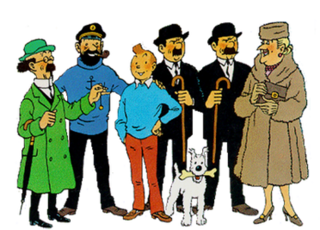
The Adventures of Tintin is a series of 24 bande dessinée albums created by Belgian cartoonist Georges Remi, who wrote under the pen name Hergé. The series was one of the most popular European comics of the 20th century. By 2007, a century after Hergé's birth in 1907, Tintin had been published in more than 70 languages with sales of more than 200 million copies, and had been adapted for radio, television, theatre, and film.

Valérian and Laureline, originally titled Valérian: Spatio-Temporal Agent and also commonly known as Valérian, is a French science fiction comics series, created by writer Pierre Christin and artist Jean-Claude Mézières. It was first published in Pilote magazine in 1967; the final installment was published in 2010. All of the Valérian stories have been collected in comic album format, comprising some twenty-one volumes plus a short story collection and an encyclopædia.
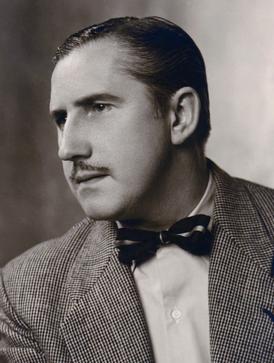
Edgard Félix Pierre Jacobs, better known under his pen name Edgar P. Jacobs, was a Belgian comic book creator, born in Brussels, Belgium. He was one of the founding fathers of the Franco-Belgian comics movement, through his collaborations with Hergé and the graphic novel series that made him famous, Blake and Mortimer.

Spirou is a weekly Franco-Belgian comics magazine published by the Dupuis company since April 21, 1938. It's an anthology magazine with new features appearing regularly, containing a mix of short humor strips and serialized features, of which the most popular series would be collected as albums by Dupuis afterwards.
Joseph Gillain, better known by his pen name Jijé, was a Belgian comics artist, best known for being a seminal artist on the Spirou et Fantasio strip and the creator of one of the first major European western strips, Jerry Spring.
Michel Vaillant is a French car racing comics series created in 1957 by French cartoonist Jean Graton and published originally by Le Lombard. Later, Graton published the albums by himself when he founded Graton éditeur in 1982. Michel Vaillant is the main character of the eponymous series, a French racing car driver who competes mainly in Formula One.
Le Lombard, known as Les Éditions du Lombard until 1989, is a Belgian comic book publisher established in 1946 when Tintin magazine was launched. Le Lombard is now part of Média-Participations, alongside publishers Dargaud and Dupuis, with each entity maintaining its editorial independence.

Oumpah-pah le Peau-Rouge is a comics series created by comics artist Albert Uderzo and comics author René Goscinny, best known as the creators of Asterix. The series first appeared in the weekly Tintin magazine in 1958 though it remained serialised for a relatively short time, ending in 1962. The stories were published in book form by Lombard and Dargaud starting in 1961. In 1995, the series was reissued by Albert Uderzo's own publishing house, Les Éditions Albert-René.
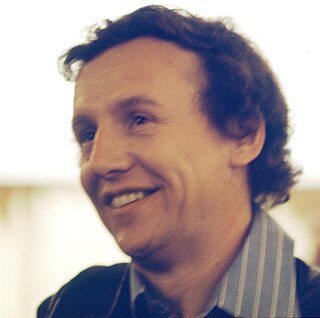
Jean-Claude Mézières was a French bandes dessinées artist and illustrator. Born in Paris and raised in nearby Saint-Mandé, he was introduced to drawing by his elder brother and influenced by comics artists such as Hergé, Andre Franquin and Morris and later by Jijé and Jack Davis. Educated at the École nationale supérieure des arts appliqués et des métiers d'art, he worked upon graduation as an illustrator for books and magazines as well as in advertising. A lifelong interest in the Wild West led him to travel to the United States in 1965 in search of adventure as a cowboy, an experience that would prove influential on his later work.
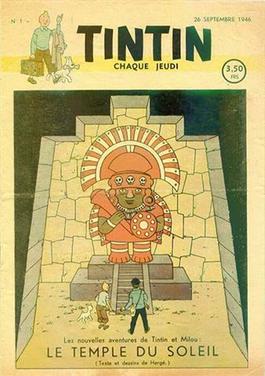
Tintin was a weekly Franco-Belgian comics magazine of the second half of the 20th century. Subtitled "The Magazine for the Youth from 7 to 77", it was one of the major publications of the Franco-Belgian comics scene and published such notable series as Blake and Mortimer, Alix, and the principal title The Adventures of Tintin. Originally published by Le Lombard, the first issue was released in 1946, and it ceased publication in 1993.
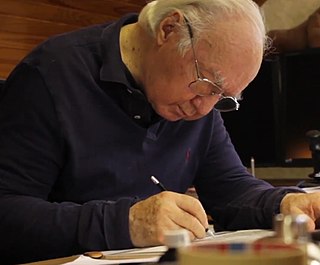
Roger Leloup is a Belgian comic strip artist, novelist, and a former collaborator of Hergé, who would rely upon him to create detailed, realistic drawings and elaborate decoration for The Adventures of Tintin. He is most famous for the Yoko Tsuno comic series.
Michel Régnier, best known by his pseudonym Greg, was a Belgian cartoonist best known for Achille Talon, and later became editor of Tintin magazine.
Edouard Paape, commonly known as Eddy Paape, was a Belgian comics artist best known for illustrating the series Luc Orient.
Philippe Goddin is a leading expert and literary critic of The Adventures of Tintin, and author of several books on Tintin and his creator, Hergé. He was general secretary of the Fondation Hergé from 1989 to 1999.

Zig et Puce is a Franco-Belgian comics series created by Alain Saint-Ogan in 1925 that became popular and influential over a long period. After ending production, it was revived by Greg for a second successful publication run.

Bob de Moor is the pen name of Robert Frans Marie De Moor, a Belgian comics creator. Chiefly noted as an artist, he is considered an early master of the Ligne claire style. He wrote and drew several comics series on his own, but also collaborated with Hergé on several volumes of The Adventures of Tintin. He completed the unfinished story Professor Sató's Three Formulae, Volume 2: Mortimer vs. Mortimer of the Blake and Mortimer series, after the death of the author Edgar P. Jacobs.
Raymond Leblanc was a Belgian comic book publisher, film director and film producer, best known for publishing works such as The Adventures of Tintin by Hergé and Blake and Mortimer by Edgar P. Jacobs. He debuted, published, and promoted many of the most famous Franco-Belgian comics. Leblanc and his two partners created Le Lombard publishing, Tintin magazine, PubliArt advertising agency, and Belvision Studios.
The Institut Saint-Luc is an arts school in Brussels, Belgium. It consists of six departments, with a total of 2,200 students and 430 employees, spread over five locations in Ixelles and Saint-Gilles.

Andreas, pen name for Andreas Martens, born 3 January 1951 in Weißenfels (Germany). Martens studied in Düsseldorf at the Academy of Fine Arts and at the St. Luc comics school in Belgium, assisting Eddy Paape on Udolfo, before relocating to France.
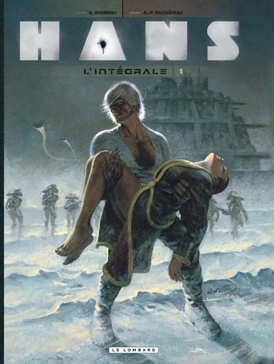
Hans is a science fiction Franco-Belgian comic with the story written by the Belgian writer André-Paul Duchâteau and drawn by Polish artists Grzegorz Rosiński and later by Zbigniew Kasprzak (Kas). It was published from 1980 to 2000 and has been collected in twelve volumes published in France by Le Lombard. It has also been translated into Polish, German, Italian, and Greek.